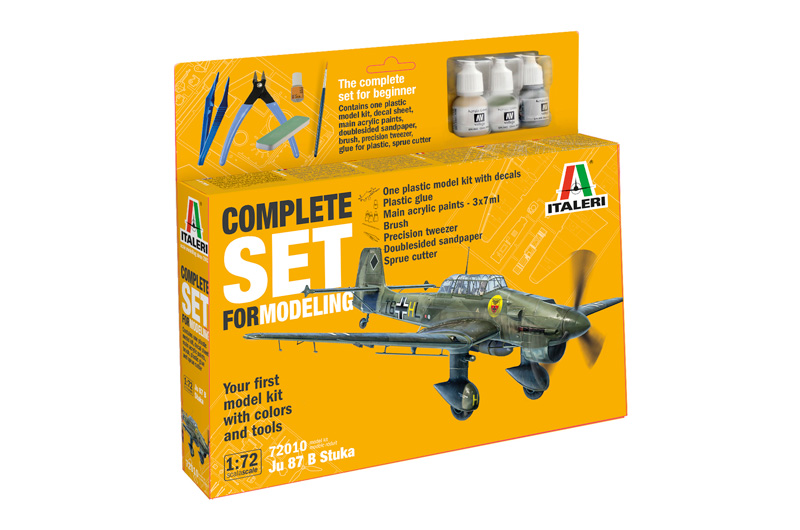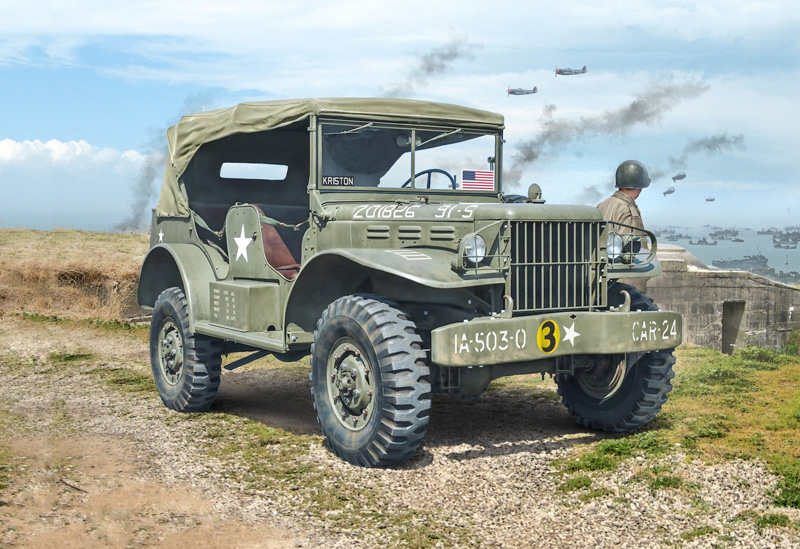


https://specialhobby.ecomailapp.cz/public/show/38461/1797/ba07a77801054a258543783b13055001
Welcome to the Blog of IPMS Belgium



F-16AM Falcon FA-87 “Tigermeet 2011-2012” “31 Tigers” Force Aérienne Belge


https://www.syhartdecal.fr/News_letters/no63/News_letter_63.html

The SF-260 Italian trainer, sports and aerobatic aircraft can be found in use almost all around the world. In Europe, it serves with the military of Italy and Belgium, and in the past it also saw service with the Irish Air Corps. As the airframe is continously modernized and improved, the newly built machines quite differ from the earlier ones. The main difference visible being the larger or rather taller style of the sliding canopy hood that also has different framework. It all can be put down to the still increasing height of the student pilots getting their wings in the SF-260.
Our model of these later versions differ from the SH72418 release by this very canopy style that comes on a new clear parts sprue. THe decals cater for an Italian airframe with intriguing nose arts, a Belgian machine plus two more machines that flew or still keep flying in Latin America, a aluminium painted machine from Venezuela and a white with orange trim machine aircraft flying in Uruguay.
– eye-catching schemes
– quality of our model greatly exceeds that of the competing releases
– also available – spray masks M72023 and resin figure set F72375


https://specialhobby.ecomailapp.cz/public/show/38461/1763/ba07a77801054a258543783b13055001
Very nice set of 4 soldiers with a Sovjet flag and a little base. Some arms and legs are molded separately which is a nice detail in this scale. Very fine details, recommended.

First non-Spitfire release



This very late war Messerschmitt model has been developed using the most up to date reference material available to us. We are always looking for more information, so if you think you can help make it even better, please do not hesitate to get in touch (https://www.kotare-models.com/about).




